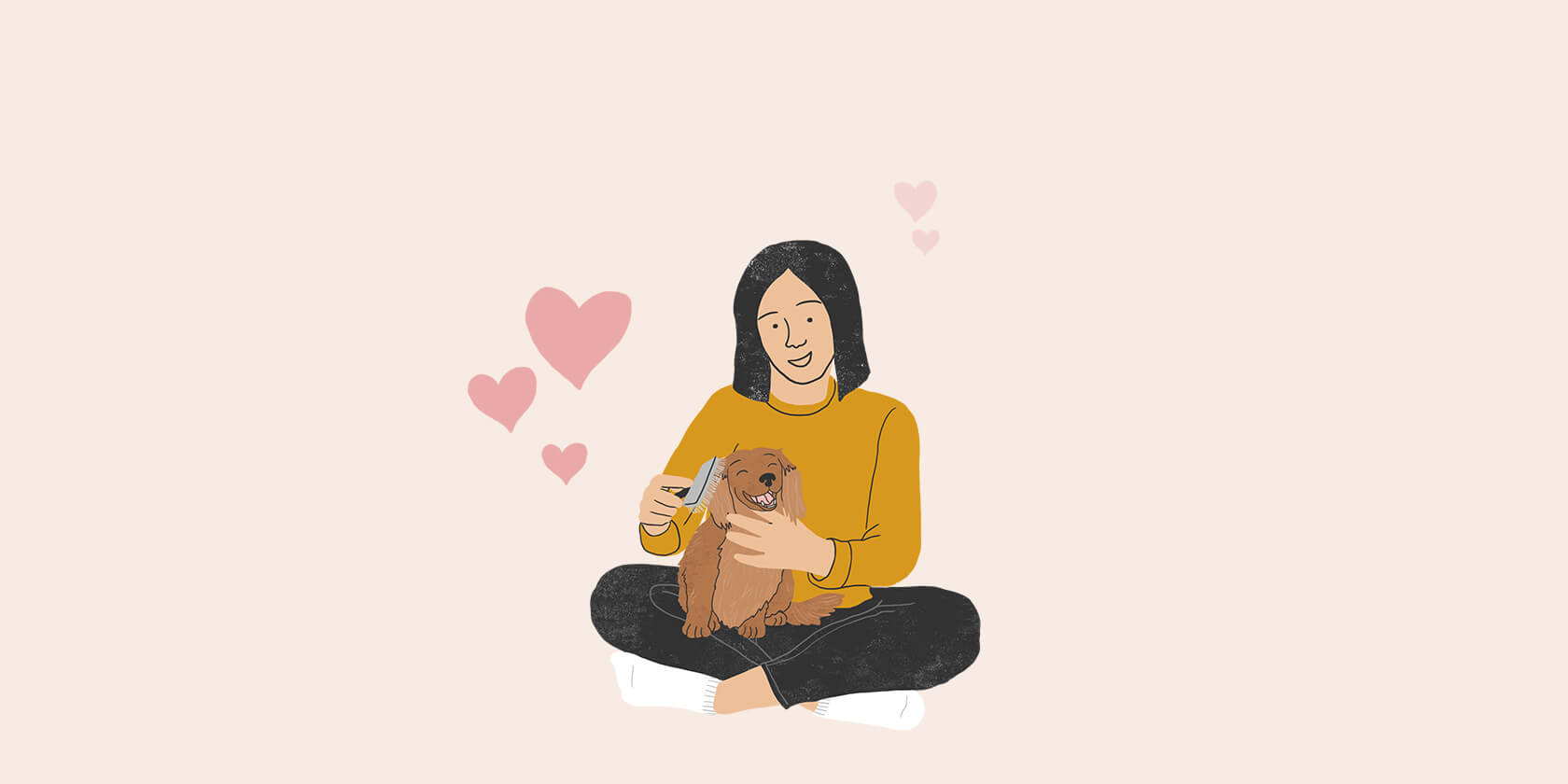A big grin is a sign of friendliness, happiness, and joy for humans, but can dogs smile the way we do? And if they do smile, does it mean that they're happy? Dogs communicate primarily through body language, signaling their intentions and emotional state through a myriad of obvious and subtle movements. Often we label these expressions the same way we do with similar human body language — but they can mean completely different things!
Can Dogs Technically Smile?
While a dog doesn't smile quite the way we do, they certainly can exhibit happiness and contentment by mimicking our smiles. Some scientists believe that dogs have evolved to "smile" more, a behavior that's strengthened when it's paired with reinforcement from us, like smiling back, praising and petting, or even giving a treat. Dogs are masters at reading human body language, so if they see us smile, they may respond with the same expression.
But when it comes to a dog's interactions with other dogs, they display happiness and contentment with more than just an open and relaxed mouth. Their ear and tail position matters, along with muscle tension and movement.

What Does It Mean When A Dog Smiles?
It's important to pay attention to a dog's overall body language to tell whether their smile means they are comfortable and happy. Some facial expressions may look like smiles to us but are signs that a dog is uncomfortable or unsure.
The Goofy Open Grin
A dog with a big open mouth, lolling tongue, relaxed eyes, ears, and face, is a prime example of a true dog smile. Look at their whole body. Are they gently wagging their tail with a wiggly and loose body? Are they relaxed and showing interest in interacting? Those are all good signs.
The Submissive Grin
This type of dog smile is often confused with an aggressive display. A submissive grin is where a dog raises the front of their lips, wrinkling their nose, and showing their front teeth. It can come across more like a snarl, but we want to look at the rest of the dog's body language. A submissive grin is paired with a loose body, soft eyes, and often a low wagging tail.
Submissive grins are rare but may be seen if a dog is greeting someone they really like but don't want that person to feel threatened.
A submissive grin can also be a sign of stress. Sometimes this is labeled as "the guilty look," but really, the dog is just trying to say, "I'm not a threat, no need to get mad!" If you're seeing a dog with ears back, tail tucked, crouched, or with a lifted paw, their submissive grin is their way of trying to appease you.
When a Dog Smile Isn't A Smile
When we think about what it is to smile, we think of the corners of the lips (called the commissures) pulling back and up. For dogs, the lengthening of their lips in a similar way can mean they are stressed or unsure. You may see this expression and think it's a smile, but remember to look at the whole body.
When this lengthened lip commissure expression is paired with a crouched or low body position, tucked tail, wide eyes, and tense face, a dog may be frightened or anxious about what's happening.
So, can your dog smile? Absolutely. But there's more to it than seeing what we humans think of as a grin and assuming your dog is joyful. Even some people smile when they're anxious or nervous. Remember to look at your dog's body language and consider the context and situation, as that's the best way to figure out what your dog is trying to communicate with their smile.
ZPC-01969R1



